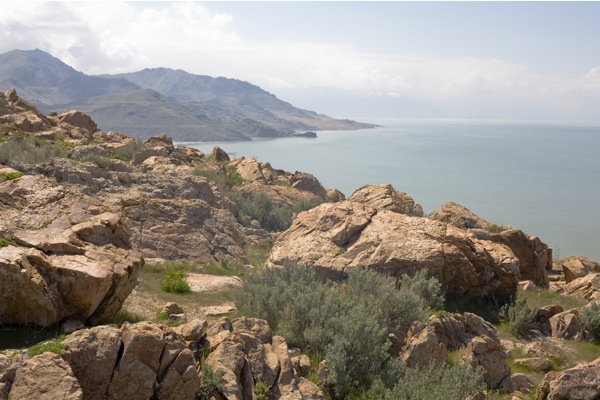Making Do with One Focal Length
This week I’m doing two things new in my blogs. First, I’m using very recent images (taken just yesterday) and, second, I’m using images from the same shoot in both the Photo of the Week and the Tip of the Week blogs — yesterday’s shoot provided both a life lesson and a photography lesson. To go to the life lesson, click here — it will provide some interesting context for the photography lesson on this page.
Sometimes I receive help from rather unexpected sources. In the past, I’ve experienced equipment failures that narrowed my choices significantly while on a shoot. This time, the equipment was fine, but the environment was challenging to the point that I didn’t dare change lenses (I feared insects getting into the camera), so I was limited to just the lens that was already on the camera. Had that lens been a zoom, it wouldn’t have been so tough since I would still have had a range of focal lengths from which to choose. This time, I had a standard 50mm lens — just one focal length.
It’s a luxury to have at your disposal a nice collection of “glass”, encompassing a wide range of focal lengths. For wildlife, sports, and candids, I use a telephoto zoom. For macros and head-and-shoulders portraits, I use a 100mm macro. For waste-up portraits and family gatherings, I use an 85mm. For landscapes, I use a wide-angle zoom. For low light situations and family portraits, I use a standard 50mm lens. I tend to get into ruts. When I’m in a certain situation, I tend to stick with one lens. Being “stuck” with the standard lens for landscapes forced me out of a rut. Whereas my first inclination was to add more foreground with a wide-angle, I couldn’t really do that with the 50mm and so I had to step out of my comfort zone — quite literally, I had to zoom with my feet to get back far enough to add some desired foreground. And, because I couldn’t add as much foreground as I wanted, I had to make more of the hard cropping decisions (what do I cut out) at capture time rather than later on the computer. Getting out of the rut meant that I had to “see” things differently — I had to look for compositions that would work with a standard lens. While that shuts the door to expected possibilities (the rut), it opens the doors to unexpected possibilities. The mountains and clouds in the distance would have been much smaller (and less interesting) with the wide-angle lens I wanted to use. With these features larger, we can more clearly see the shelf-like ancient shorelines formed when the lake level was much higher.
Going from a wanted wide-angle to a standard certainly wasn’t the most extreme case I could have faced. Shooting soccer with a wide-angle, or doing landscapes with a telephoto would have been more constraining, but may also have pushed me into creative struggles that I wouldn’t normally have chosen.
Yesterday’s shoot presented a challenge to even stopping long enough to click the shutter, so I didn’t get the full benefit of having to struggle with the “wrong” lens, but just getting the above photo reminded me that good things that can happen when we’re forced out of our comfort zone of using a favorite lens for a given subject. That will serve as a good reminder that I should choose to use the “wrong” lens from time to time, rather than doing so only when I’m forced. For those who are encumbered with the luxury of lens choices, you may enjoy the struggle (and results) that come from limiting yourself to just one lens or one focal length and practice “seeing” familiar subjects from new perspectives. For those who do not yet have the luxury of several lenses at your disposal, you already have the limited focal lengths circumstances to encourage your creativity.

Tip of the Week
2007.04.23

